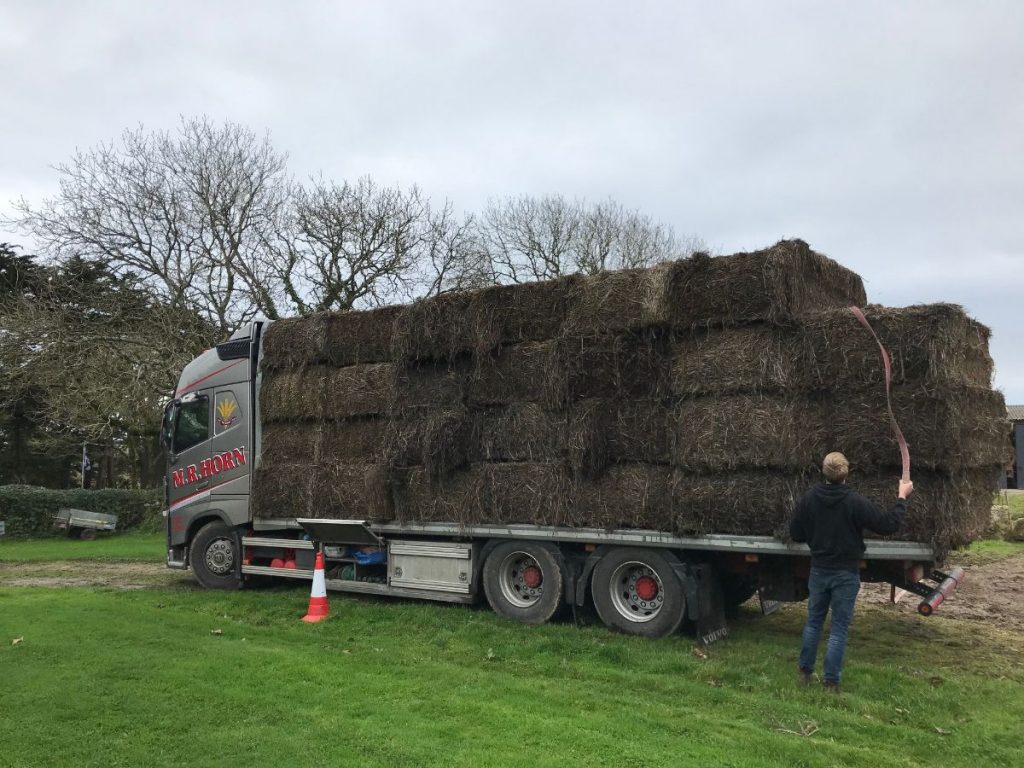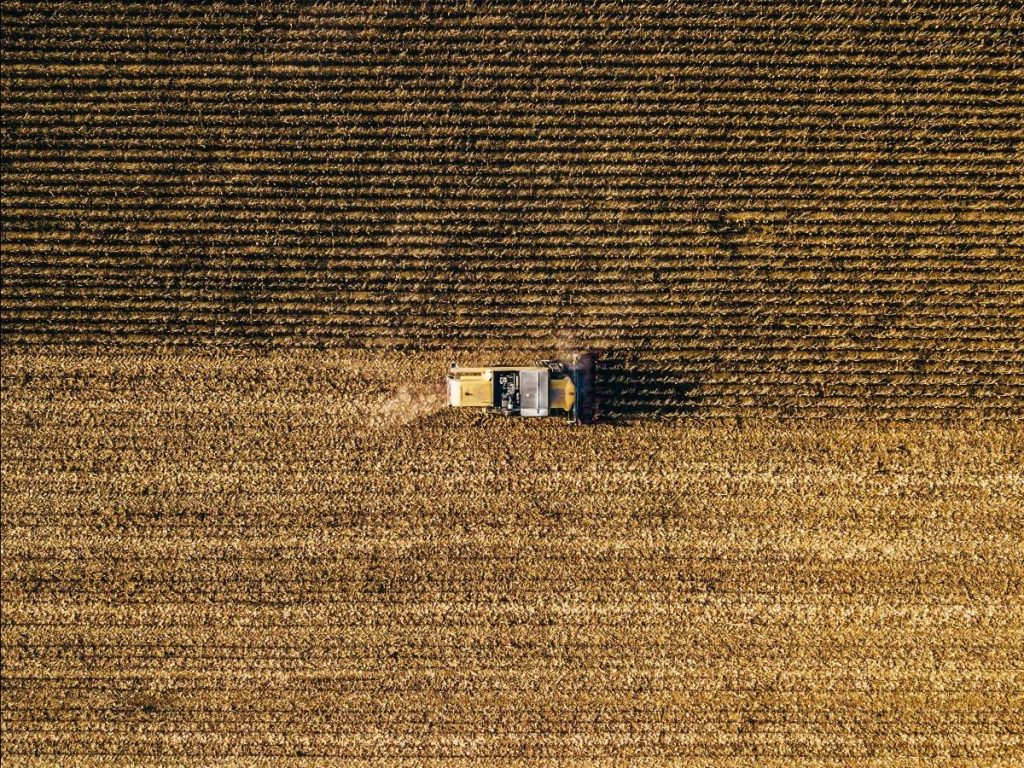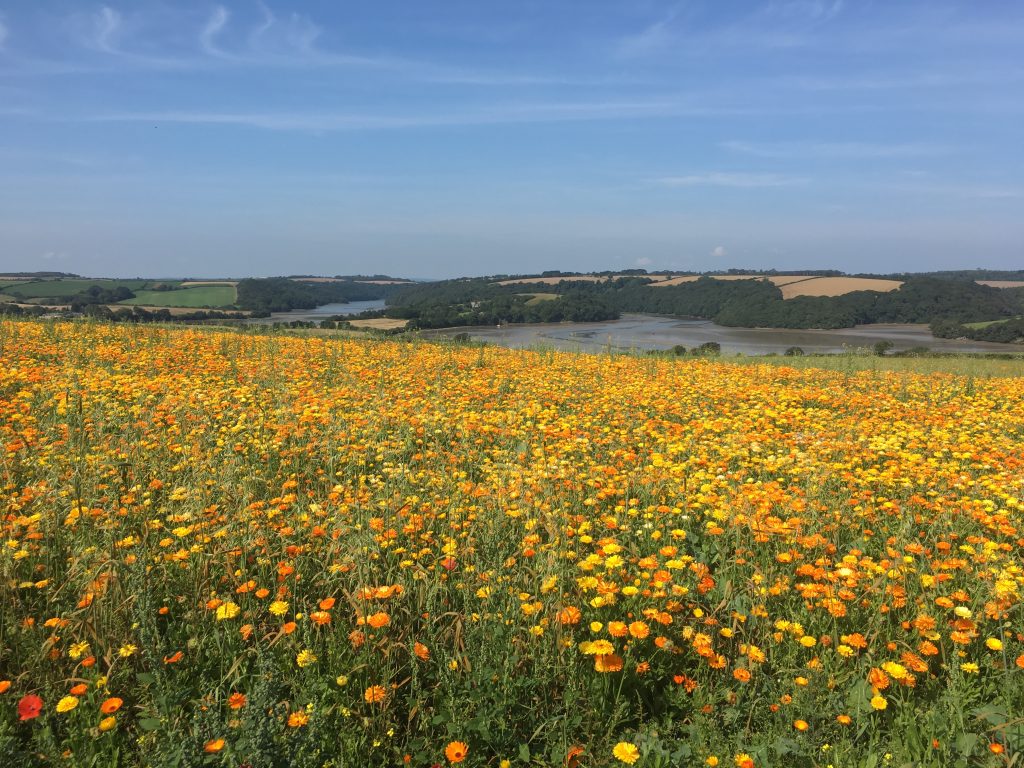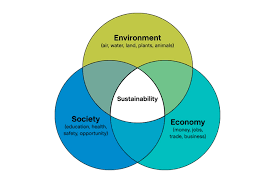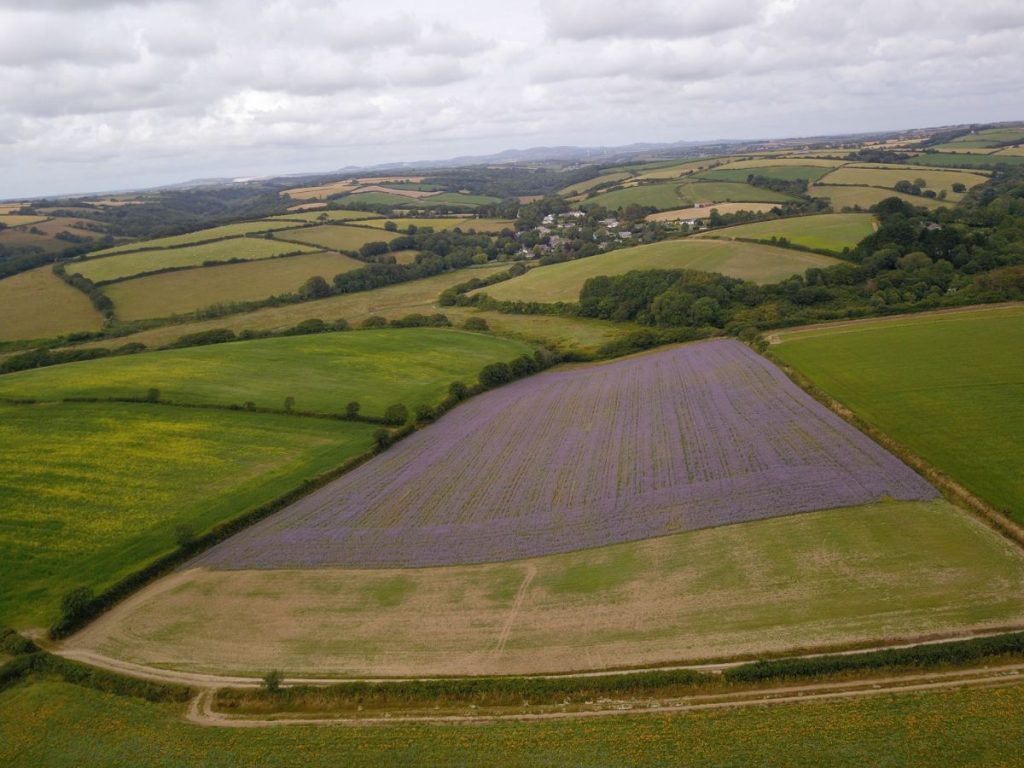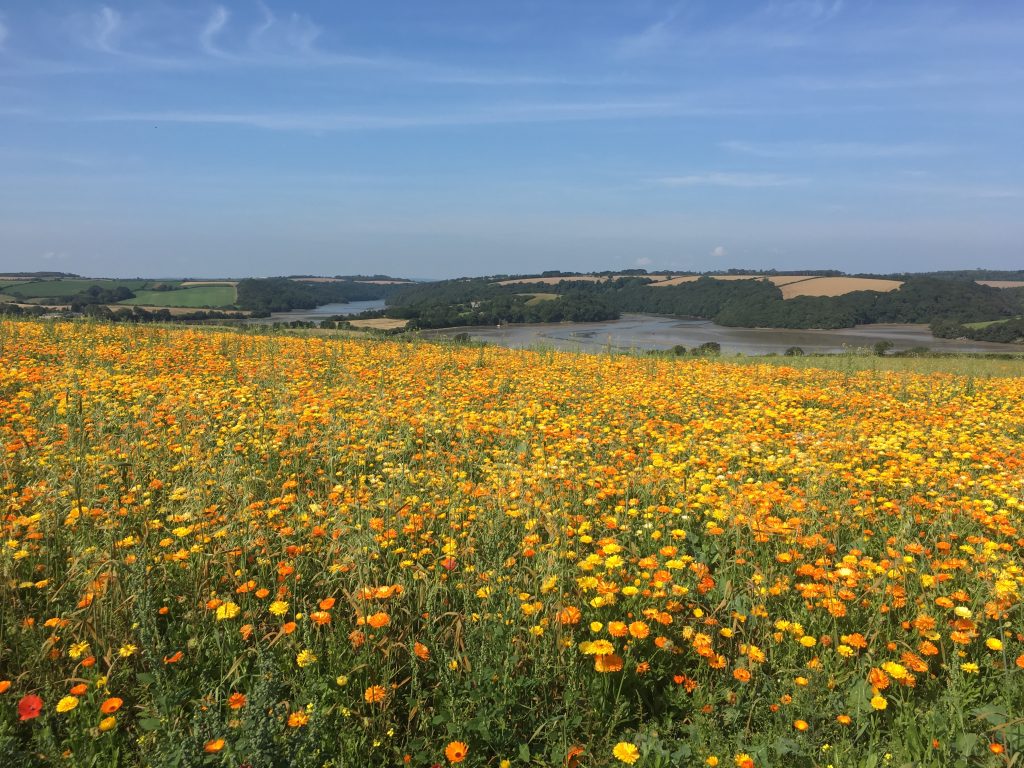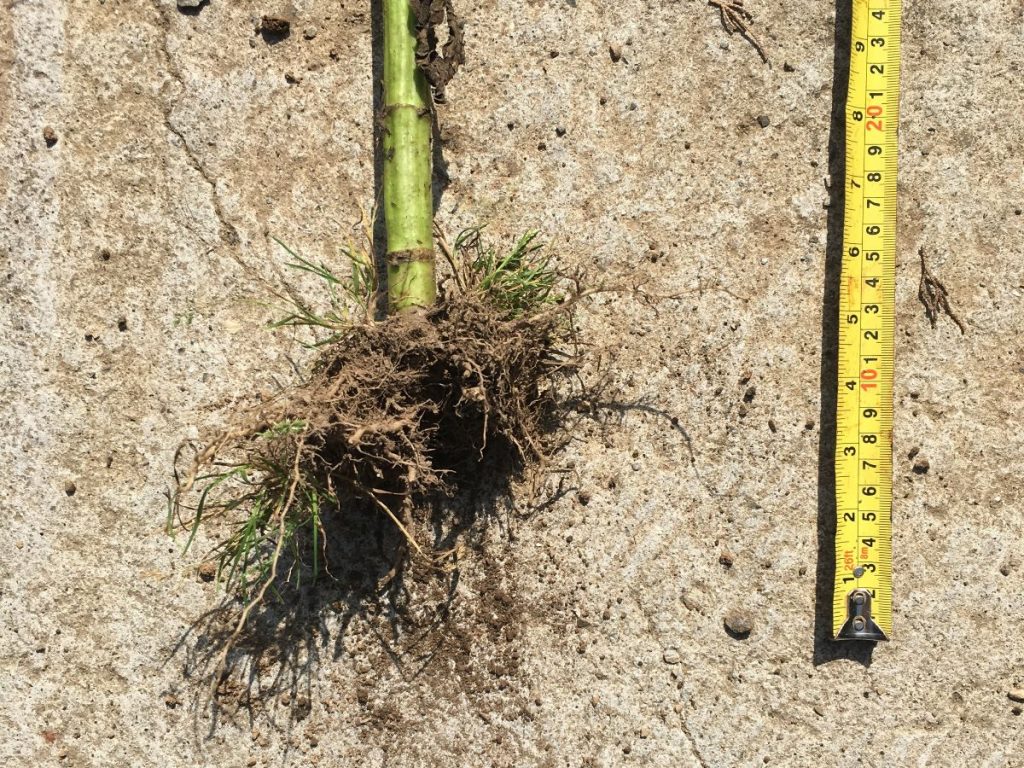I often ponder what is the relationship between communication, media and farming? What could it be and to what end could we improve it?
Interestingly, most people I spoke to on the subject described farming and farmers as impenetrable, impermeable to outsiders and perhaps wary of judgement. Certainly, those of us enthused enough to want to know more about where our food comes from, how farmers manage land sustainably or indeed any other farming-related query, know only too well the confusion and discomfort felt when the answer provided is laden with farm-jargon.
Similarly, farming itself is a rather impervious pastime. Without the privilege of inheriting a farm or some land, it can be nigh-on impossible to get a foot into the industry. These factors combined leave us with an industry susceptible to tradition and all its pitfalls; little effort to adapt and change with the times, a lack of young, fresh impetus and, perhaps most perniciously, a lack of trust in knowledge or expertise from sources outside of the immediate agricultural circle.
What then, can media do to improve relations and to stimulate genuine, open and honest conversation between the custodians of our land and the rest of us who must put up with the consequences of their actions?
I think most people would agree that media can help to raise awareness of an issue; David Attenborough and his Plastic Revolt, Greta Thurnberg and Climate Change or Monbiot and Land Use to name but a few examples. Raising awareness of issues related to farming is a crucial facet in the fight against climate change and its effects.
Only last week, the International Panel on Climate Change (IPCC) produce its 6th report aimed specifically at raising awareness of the environmental impact of animal agriculture. This, in turn, evokes debate from both sides of the issue, making it (in theory, at least) easier for communication between farmers and non-farmers.
So, media can help to raise awareness of key issues related to food production which, sequentially, stimulates debate leading to richer communication and a deeper understanding of the entirety of the debate. Good stuff.
Finally, it is worth considering how we could improve media’s role in communication between the farming and non-farming communities. A brief chat with our resident marketing assistant Robyn revealed some of the nuances of media in the 21st century. Intriguingly, of all the mediums, video content is now the most consumed across online platforms, indicating a general shift towards immediate and instantaneous transfer of knowledge and information. The task, therefore, is how to wrap up the delicate and often intricate challenges and problems facing food production and farmers today, in a way that will captivate time-poor audiences.
Perhaps the best thing media can do to contribute to the on-going debate about environmental protection vs food production is simply offer each side a more understandable, easily digested version of one another’s views. The future of media in agriculture has never been more relevant.







